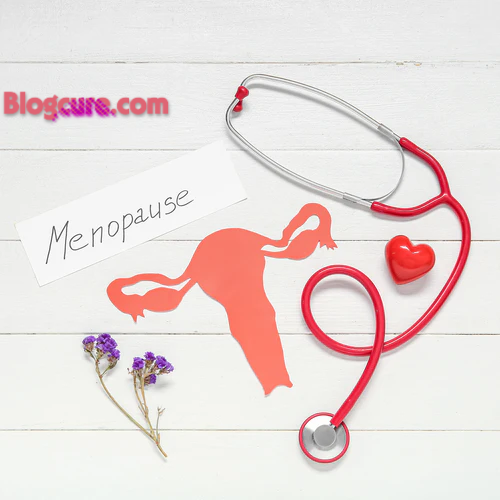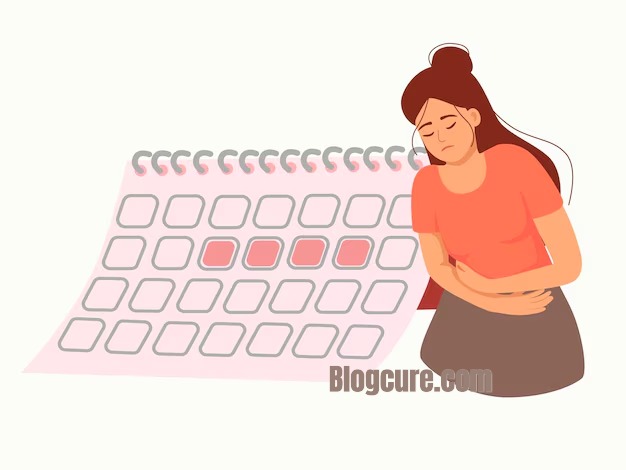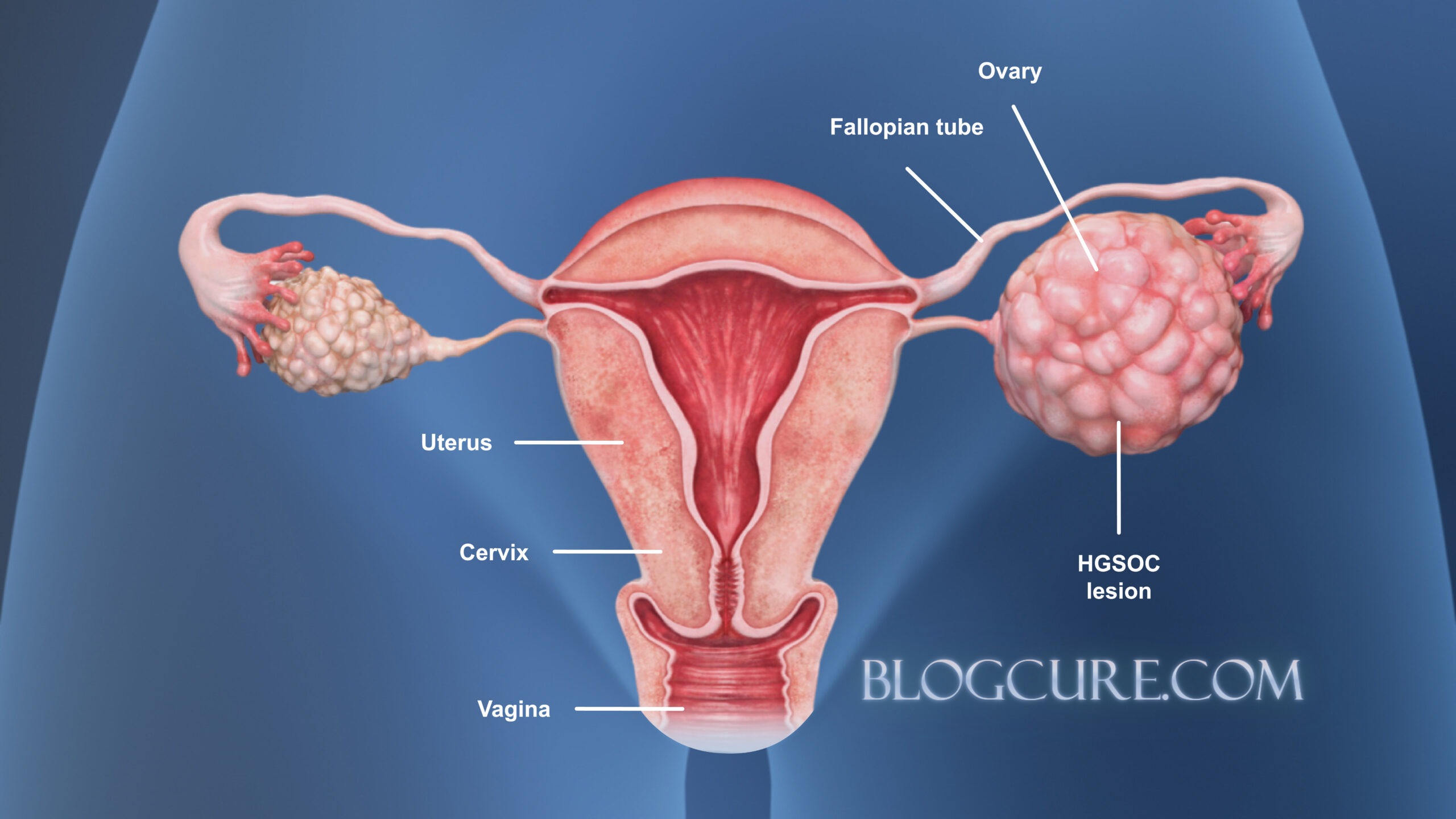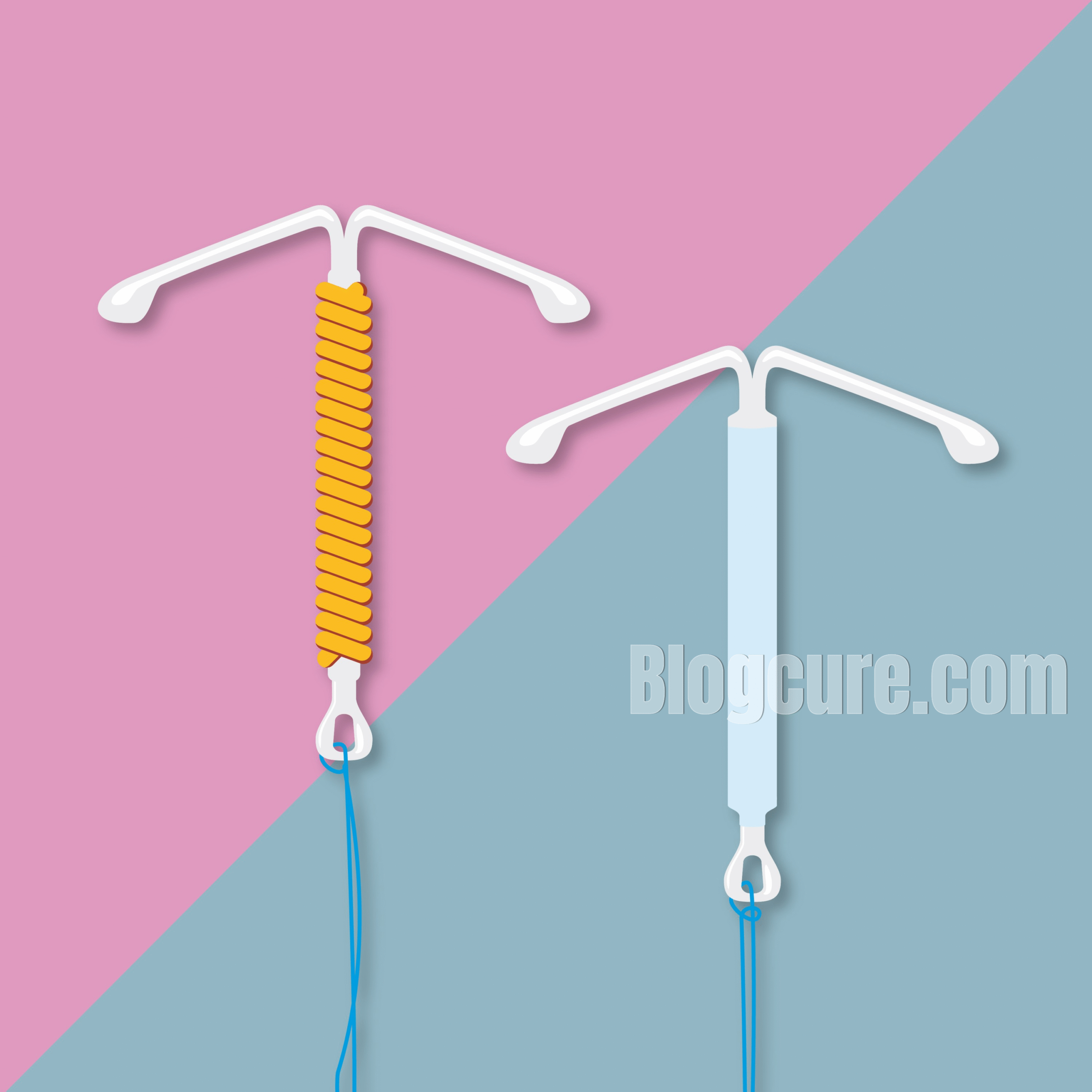
🩺 Post-Bone Marrow Transplant Home Care Guide: Complete Recovery & Safety Instructions
Learn everything about post-bone marrow transplant care at home. Infection prevention, medication guidance, diet, hygiene, exercise, and safe lifestyle tips for optimal recovery.
🌟 Introduction
Bone marrow transplantation (BMT) is a life-saving procedure for patients with blood disorders and certain cancers. After transplant, your immune system is weakened, making you more vulnerable to infections.
Even if your blood counts normalize, immune recovery can take 6–12 months. During this period, careful home care is essential for a safe and healthy recovery.
This guide provides step-by-step instructions for patients and caregivers, including infection prevention, nutrition, hygiene, medication management, and lifestyle precautions.
🦠 1. Infection Risks Post-Transplant
Infections after bone marrow transplantation are a major concern, especially for allogeneic transplants or patients with Graft-versus-Host Disease (GvHD).
| Month | Common Pathogens | Notes |
|---|---|---|
| 1️⃣ First Month | Bacteria, Fungi, Herpes Simplex Virus (HSV) | Early phase infections are most common |
| 2️⃣ Second Month | Cytomegalovirus (CMV), Other Viruses, Bacteria, Fungi | Immunosuppressive medications increase risk |
| 3️⃣ Third Month | Varicella Zoster Virus (VZV), Bacteria, Fungi | Patients with GvHD are at highest risk |
Tip: Autologous transplant patients have a lower risk than allogeneic transplant patients.
🌡️ 2. Infection Monitoring & Prevention
Daily fever checks are critical: record your temperature twice daily.
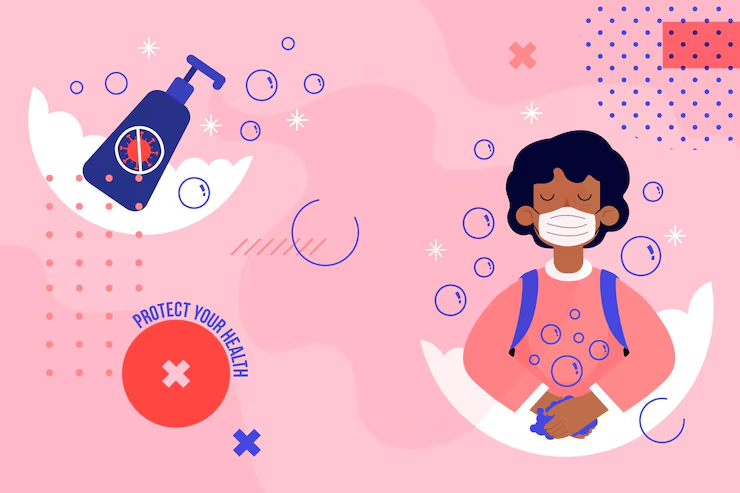
Hand Hygiene 🖐️
Hand washing is the first line of defense against infection.
| Situation | Recommended Action |
|---|---|
| Before meals | Wash hands thoroughly with antibacterial soap |
| After coughing/sneezing | Wash or use sanitizer |
| After handling catheters | Wash hands before & after |
| After touching pets or soil | Antibacterial soap |
Mask Usage 😷
- At home: Only if visitors are present or someone is sick.
- Outside: Mask for at least 6 months post-transplant; follow doctor’s guidance.
🏡 3. Home & Room Hygiene
A clean, well-ventilated living space is essential.
| Item | Recommendation |
|---|---|
| Patient room | Separate, clean, dust-free |
| Curtains & rugs | Avoid thick fabrics that collect dust |
| Heating / fireplace | Operate when patient not in the room |
| Air circulation | Open windows for ventilation daily |
| Pets & plants | Keep 1 year away from patient zone |
Avoid home construction, gardening, or dusty environments within 200 meters.
👕 4. Clothing & Laundry
- Prefer cotton clothing; avoid wool or nylon.
- Wash new clothes before wearing.
- Iron underwear for hygiene.
- Avoid velvet or plush garments.
| Laundry Task | Frequency |
|---|---|
| Bedding | ≥2 times/week |
| Towels | Daily use, wash after 1 use |
| Clothes | After wearing or if visibly dirty |
🧴 5. Personal Hygiene
- Avoid smoking, alcohol, and perfumes for 12 months.
- Avoid makeup, hair dye, or epilation in the first year.
- Brush teeth 3x/day with soft brushes; floss carefully.
- Trim nails carefully; avoid aggressive manicure or pedicure.
💊 6. Medication Management
- Take medications exactly as prescribed.
- Allogeneic patients: Never skip Sandimmun to prevent GvHD.
- Bring medications and lab results to all follow-ups.
Vomiting after medication:
- Within 15 minutes: repeat full dose.
- Within 30 minutes: take half dose.
- After 1 hour: no repeat necessary.
Any unusual reactions? Call your doctor immediately.
🥗 7. Nutrition & Hydration
Hydration: 3 liters/day (water, milk, soup, tea).
| Food Type | Recommendation |
|---|---|
| Meat & eggs | Fully cooked; no raw or undercooked food |
| Dairy | Pasteurized only |
| Fruits & vegetables | Wash, peel, disinfect; avoid raw salads |
| Snacks & processed food | Avoid high-risk or processed items |
Tips:
- Cold foods <4°C; hot foods >60°C.
- Use vinegar wash for produce.
- Avoid deli meats, raw seafood, unpasteurized juices.
🏃 8. Exercise & Lifestyle
- Light exercise daily (walking, cycling).
- Avoid crowds for 6–12 months.
- Limit gardening and soil contact.
| Activity | Safe or Not |
|---|---|
| Walking / light jogging | ✅ Safe |
| Cycling | ✅ Safe with precautions |
| Gardening / soil contact | ❌ Avoid |
| Crowded events | ❌ Avoid |
💉 9. Vaccination Guidelines
| Vaccine | Timing | Notes |
|---|---|---|
| Pneumococcal (Prevnar 13) | 3–6 months | 3 doses; booster at 12 months if GvHD |
| Tetanus-Diphtheria-Pertussis | 6–12 months | 3 doses |
| Influenza | 4–6 months | Annual inactivated vaccine |
| MMR | 24 months | Only if no GvHD & off immunosuppressive drugs |
| Hepatitis B | 6–12 months | 3 doses |
🦷 10. Oral Care
- Soft toothbrush or sponge brush if platelets >50,000.
- Brush after each meal.
- Use mouthwash as prescribed.
💉 11. Catheter Care
- Inspect daily for redness, swelling, or discharge.
- Clean with antiseptic from center outward.
- Flush with heparin + saline to prevent clogs.
Supplies Checklist 🛠️:
- Sterile gloves
- 70% alcohol
- Antiseptic solution
- Sterile gauze
- Transparent dressing
- Heparin & saline
⚠️ 12. Warning Signs – When to Call Your Doctor

Call immediately if you notice:
- Fever ≥38°C (autologous) or ≥37.8°C (allogeneic) 🌡️
- Bleeding (nose, gums, urine, stool) 🩸
- Severe vomiting 🤢
- Shortness of breath, persistent cough 🌬️
- Skin rashes, lesions, or unusual redness 🚨
- Urinary symptoms (pain, blood, foul odor) 🚽
- Contact with contagious diseases 🦠
💑 13. Sexual Health
- Sex may be affected in the first 50–100 days.
- Use condoms to prevent irritation due to dry mucosa.
- Avoid sexual contact if partner is sick.
✅ Conclusion
Recovery after a bone marrow transplant requires discipline, hygiene, nutrition, and medical follow-up. Following this guide helps you minimize infections, support immune recovery, and safely regain your strength.
❓ Post-Bone Marrow Transplant: Frequently Asked Questions (FAQ)
1️⃣ How long does my immune system take to recover after a bone marrow transplant? 🛡️
Answer:
Even if your blood counts return to normal, your immune system may take 6–12 months to fully recover. Allogeneic transplant patients or those with GvHD may have a longer recovery. During this period, infection prevention measures are critical.
2️⃣ When should I call my doctor if I develop a fever? 🌡️
Answer:
- Allogeneic transplant patients: fever ≥37.8°C
- Autologous transplant patients: fever ≥38.0°C
Even if you feel well, any fever should be reported immediately, as infections can progress rapidly.
3️⃣ Can I go outside and meet people? 🏡
Answer:
- Avoid crowded areas such as malls, cinemas, or theaters for 6–12 months.
- You may go outside for short walks, balcony, or garden visits wearing a mask if necessary.
- Avoid construction areas or dusty environments.
4️⃣ How should I manage my medications? 💊
Answer:
- Take medications exactly as prescribed.
- Never skip immunosuppressive medications like Sandimmun without your doctor’s advice.
- Bring all medications and lab results to follow-ups.
- In case of vomiting, follow the recommended timing protocol for re-dosing.
5️⃣ How should I prepare my meals and handle food safely? 🥗
Answer:
- Avoid raw or undercooked meat, eggs, and seafood.
- Wash fruits and vegetables thoroughly; soak in vinegar solution for 30 minutes.
- Use pasteurized dairy products only.
- Avoid processed, canned, or leftover foods that have been stored >24 hours.
- Keep hot foods above 60°C and cold foods below 4°C.
6️⃣ Can I exercise? 🏃
Answer:
- Yes, gentle exercises such as walking or light cycling are recommended.
- Avoid contact sports, gardening, or soil exposure during the first year.
- Exercise helps maintain muscle strength, mobility, and emotional well-being.
7️⃣ Is it safe to have pets at home? 🐶🐱
Answer:
- Direct contact with pets should be minimized for the first year.
- Avoid contact with pet feces; have family members manage litter boxes.
- Avoid reptiles, chicks, ducks, and other high-risk animals.
- Pets can remain in the home but close interactions should be limited.
8️⃣ What hygiene practices are most important? 🧴
Answer:
- Wash hands frequently using soap or antiseptic solutions.
- Brush teeth 3x daily using a soft brush.
- Shower at least twice a week using mild, hypoallergenic, antibacterial soap.
- Avoid crowded, smoky, or dusty places.
9️⃣ Can I travel? ✈️
Answer:
- Allogeneic transplant: avoid travel for 6–12 months.
- Autologous transplant: avoid travel for 3–6 months.
- Avoid exposure to unsafe food and crowded public areas.
- Always use masks in public, and maintain hand hygiene.
🔟 What signs indicate a serious complication? ⚠️
Answer:
Call your doctor immediately if you experience:
- Blood in vomit, stool, or urine 🩸
- Shortness of breath or persistent cough 🌬️
- Fever as above 🌡️
- Unusual skin changes, rashes, or wounds 🚨
- Urinary discomfort, pain, or foul odor 🚽
- Any contact with contagious diseases (chickenpox, flu, herpes, etc.) 🦠
1️⃣1️⃣ How do I manage my central venous catheter at home? 💉
Answer:
- Inspect the site daily for redness, swelling, or discharge.
- Clean with antiseptic from center outward.
- Flush with heparin + saline as instructed to prevent clogs.
- Always wash hands before and after handling the catheter.
1️⃣2️⃣ Can I engage in sexual activity? 💑
Answer:
- Sexual activity may be affected in the first 50–100 days due to medications.
- Use condoms to prevent irritation.
- Avoid sexual contact if your partner is sick or has an active infection.
- Consult your doctor before resuming sexual activity.
1️⃣3️⃣ What vaccines are recommended after transplantation? 💉
Answer:
- Pneumococcal, influenza, tetanus-diphtheria-pertussis, Hepatitis B, MMR, and others according to your transplant type and recovery stage.
- Vaccination schedules are individualized, and live vaccines are typically delayed until 2 years post-transplant.
1️⃣4️⃣ How should I manage bleeding or bruising risks? 🩸
Answer:
- Monitor platelet counts. <30,000/mm³ increases bleeding risk.
- Avoid trauma or heavy activity.
- Use soft toothbrushes or sponge applicators.
- Prevent constipation to reduce risk of bleeding.



